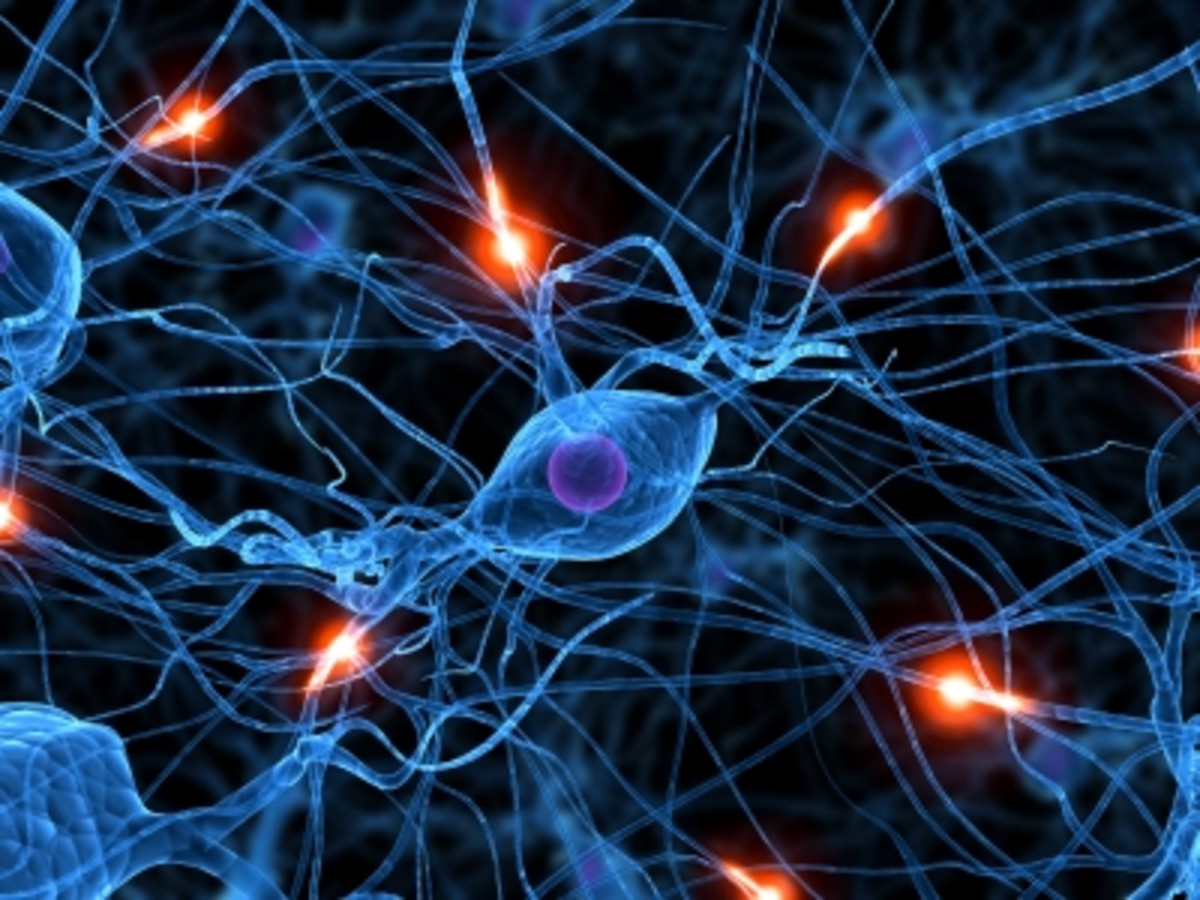Blood Groups and Importance of Blood Donation
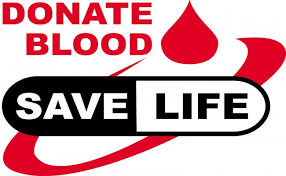
Life Saving Donation
Did you ever receive an sms on your / your dads mobile appealing for a particular blood group for any patient? Do you think you can donate your blood to anyone who is in need? You might have seen blood being given to accident Victims and to patients during or after surgery. You might have also seen voluntary organisations organising blood donation campaigns.
Donating blood saves a life. Basing on the matching of recipients and donors blood group blood transfusion is done. Lets learn more about this life saving donation. Make a habit to donate blood.
In the year 1900, Karl Landsteiner discovered different blood groups in human blood, when he was conducting experiments of mixing one sample with the other. He found that blood clumps are formed during mixing of some samples and were not formed during mixing of some samples. Formation of clumps of RBC is called Agglutination (antigen - antibody reaction between R.B.C and plasma) 2 Antigens are present on the membranes of RBC and 2 antibodies in the Plasma.
Antigen A - antibody A (anti A)
Antigen B - antibody B (anti B)
If agglutination takes place, it becomes fatal for the recipient.
Based on the presence or absence of antigens and antibodies, human beings are Classified into four groups called A, B, AB and O.
- A group persons contain antigen A and antibody B
- B group persons contain antigen B and antibody A.
- AB group persons contain both antigen A and B, but no antibody.
- O group persons contain no antigen, but both antibodies A and B are present.

In blood transfusion (transfer of blood from one person, donor to another recipient), the ABO grouping should be tested. If the donor receives a wrong blood group, agglutination of blood occurs in the body of the recipient and this leads to his death.
ABO grouping is shown below.
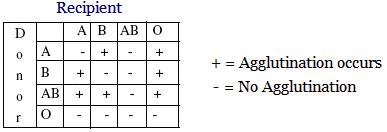
- The antibodies of the donor has no effect as it is diluted before transfusion.
- The antibodies of the recipient must be consideral
- O blood group people are called universal Donors.
- AB blood group people are called universal Recipients.
- Karl Landsteiner in 1900, identified three types of blood groups A, B and AB.
- In 1902, Castells identified another group called 'O' group.
- Blood groups are genetically inheritable and are examples for multiple allelism.
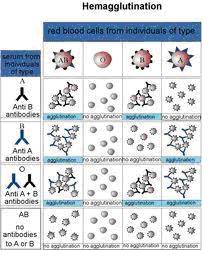
So, in Brief:
Blood Group-'A': People having blood group 'A' will have antigen 'A' on their red blood cells and antibody 'b' in their plasma, and these people should be transfused with blood belonging to blood group 'A' or 'O'.
Blood Group 'B': People having blood group 'B' will have antigen 'B' and antibody 'a' and they should be transfused with blood group 'B' or 'O'.
Blood Group 'AB': People having blood group 'AB' will have both antigen 'A' and 'B'. They do not have antibodies. They can receive blood belonging to blood groups A, B, AB and O, so they are called "universal recipients".
Blood Group 'O': people having blood group 'O' will not have both antigen 'A' and antigen 'B'. They have both the antibodies and they can donate blood to all the other groups, so they are called "universal donors".
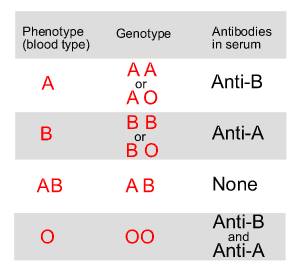
Rh- factors:
- Rhesus factor (Rh factor) was first observed by Landsteiner and weiner (1940) in Rhesus monkey.
- This is a type of antigen.
- People having Rh factor are Rh+ and those not having are Rh- (negative)
- Rh+ and Rh- are incompatible. They cannot mix, if they mix, it result in agglutination of RBC leading to death.
- Subsequent injection of Rh+ to Rh- person leads to the production of antibodies and to immediate death.
- A paediatric complaint where the dead child is born is due to production of antibodies in mother against the +ve antigens of the child.
-
Necessity of Blood Transfusion:
- In the cases of blood loss in accidents.
- Rupture in the internal organs.
- Severe burns of the body or severe anaemia.
- During or after surgical operations.
How is blood transfusion done?
- The blood group of the patient is determined by test.
- Suitable blood group which matches the blood of the patient is obtained.
- The obtained blood is transfused to the patient through a large vein, Usually Present near the elbow.
Who can denoe bolld:
- A healthy person between 16 - 60 years of age.
- One can donate blood once in 3 to 4 months period.
Who cannot donate blood?
- Persons having infectious diseases.
- Persons suffering from hepatitis, leukaemia, AIDs etc.
Storage of blood:
- Collected blood is stored under sterile conditions in blood banks.
- It is prevented from clotting by adding sodium citrate or heparin.
- It can be stored for 3 weeks. If not used during that period, it is discarded.
Experiments with plastic:
- The scientists of shefield university, Britain are near the gate of Victory in preparing ready made Plastic blood.
- This blood is red, thick like honey.
- The molecules of 'Poly ethylene Glycol' are used to prepare this blood which is a plastic haemoglobin.
- If this experiment succeeds, there will not be any lack of blood in the time of need.










